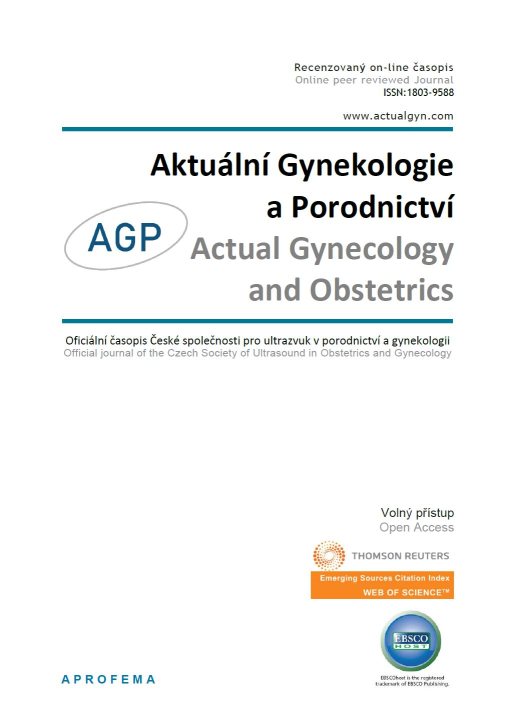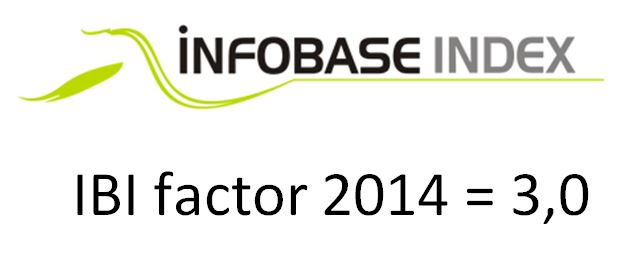











 Official publication of the Czech Society of Ultrasound in Obstetrics and Gynecology.
Official publication of the Czech Society of Ultrasound in Obstetrics and Gynecology.

Objectives: Retrospective epidemiological analysis of the frequency and sex ratio of children born with a diagnosis of congenital hydrocephalus in the Czech Republic in the period 1961–2020.
Methodology: The work uses data from the National Registry of Congenital Anomalies maintained within the National Registry of Reproductive Health at the Institute of Health Information and Statistics of the Czech Republic (ÚZIS ČR) and data from previous grant-supported analyses of our team. Another source of data was prenatal diagnosis data from the Czech Society of Medical Genetics.
Results: In the period 1961-2020, more than 7.5 million children were born in the Czech Republic. Of these, 2,572 children were born with congenital hydrocephalus, 1,369 were boys, 1,185 were girls, and in 18 cases the gender was unknown/undetermined. In 677 cases, the diagnosis of congenital hydrocephalus was established prenatally and the pregnancy was subsequently electively terminated. The incidence of congenital hydrocephalus in the period 1961-1965 is significantly higher than in other periods. Furthermore, a downward trend was detected until 1995, and after 1995 the incidence rises again. The proportion of prenatal diagnostics gradually increased and reached a peak in the last years of the observed period. Of the total number of children born without birth defects, 51.22% were boys and 48.78% were girls. In the case of children born with congenital hydrocephalus, there were statistically significantly more boys (53.60%) and less girls (46.40%), P=0.016. A more detailed analysis showed that the sex ratio of those born with congenital hydrocephalus changes over time. The proportion of boys among children born with hydrocephalus was slightly and insignificantly higher in the first two, as well as the last two decades compared to children without hydrocephalus. In the period 1981 – 1990, the share of boys among children with a given anomaly was statistically significantly higher than among children without anomalies (approx. 56% vs. 51%). On the contrary, in the period 1991–2000, the share of boys among children with a given anomaly was slightly lower than among children without anomalies. The difference is not statistically significant.
Conclusion: The overall incidence of congenital hydrocephalus during the monitored period decreases to the lowest values in the early 90s of the last century, then increases again. The increase in the number of cases is most likely due to the development of prenatal and postnatal ultrasound diagnostics. Furthermore, we demonstrated statistically significantly more affected boys compared to the children born without birth defects.